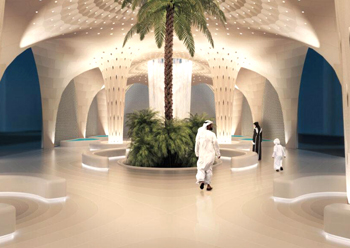
.jpg) Green areas ... key for net-zero cities.
Green areas ... key for net-zero cities.
Experts from CallisonRTKL (CRTKL), the global architecture, planning and design firm, have revealed five key ingredients for the development of net-zero cities in the Middle East and North Africa (Mena) region.
The five key trends for enabling net-zero cities in the region are zero embodied carbon, performance-driven design, availability of digital design tools, keeping the Middle East cool and industry-wide collaboration.
Experts highlight the need to ensure sustainable construction materials, use design processes and tools to enable sustainable construction, implement smart cooling systems, and foster wider industry collaboration as key pillars of further net-zero development in the region.
Energy used in net-zero cities, be that in development or in use, is offset through the use of renewable energy sources. With governments across the region pursuing key clean energy strategies over upcoming decades, enabling net-zero development across the region is a key aspect of driving wider sustainability savings.
Matthew Tribe, Principal at CallisonRTKL, comments: “The Mena region is globally recognised for pioneering new technological sustainability solutions, yet with the region’s climate and economic growth strategies, enabling net-zero cities presents a challenge for planners in the Middle East to overcome. Our vision for regional sustainable development is premised on collaboration across the architecture and design sector, using data-focused digital tools to drive industry-wide learning and understanding.
“CallisonRTKL’s pursuit of net-zero development across the global architecture sector is demonstrative of the wider climate issues which the world is facing, and how the design and construction industry has to meet its obligations as a sector. Through fostering new forms of industry wide collaboration, we hope to part of that broader conversation on enabling net-zero development that can benefit all.”
According to CallisonRTKL, the key criteria for creating net-zero cities in the region are:
• Zero embodied carbon: One of the central barriers to net-zero development can be in the selection of construction materials. Mining, transportation, and manufacturing building products have significant environmental costs: concrete, iron, and steel production produce around nine per cent of total global greenhouse gas emissions. Not only do materials have environmental costs created in their production, they may also be inefficient in helping a building optimise its energy consumption, and environmentally costly to dispose of.
Net-zero developers in the region have to take into consideration a significant range of factors when designing buildings, choosing materials which are not environmentally costly to produce, transport, or dispose of. While in other regions, materials such as timber are to enable net-zero development, the Middle East has to be innovative in adapting and reinventing products to be able to offset carbon emissions during manufacture.
• Performance-driven design: Not only do regional designers have to consider a range of environmental performance factors when assessing building materials, the whole process of design has to be driven by enabling social, economic, and environmental impact throughout the design phase. When designing a net-zero city, architects cannot neglect one aspect for the benefit of another: no-one wants to live in a sustainable city that has no community spirit, or reside in an economic powerhouse that has no concern for green space.
Using smart, digital design tools to facilitate performance-driven design is a critical enabler of wider sustainable development across the Middle East. Using computational models to be able to assess building’s lifetime energy consumption and development’s construction requirements can enable wider environmental savings in the future while meeting community’s needs today. Fostering and enabling design based on environmental performance is an additional central aspect of wider net-zero development.
• Availability of digital design tools: Any design or architecture project requires careful planning and consultation to be able to bring it to reality. When designing for net-zero, the requirement for careful planning is compounded as designers not only have to consider the energy required to construct a building, but also for its operation, alongside its eventual decommissioning. Such a level of planning for the entire lifecycle of a building requires thousands of individual data points to be conceptualised, creating significant challenges for any planner.
Advanced digital and computational tools can help ease the pressure on architects, with modern software now able to match the complex planning requirements of a net-zero project.
CallisonRTKL’s recently launched its new open-source platform, Climatescout, which combines data with images, allowing planners to design buildings that respond to their environment by providing climate-specific design advice. Climatescout can be freely accessed and provides planners with insight into using suitable construction and design techniques to cater toward sustainable development. • Keeping the Middle East cool: As a region with extreme temperatures, the Middle East has long been reliant on air-conditioning to be able to sustain day-to-day life. Analysts have predicted that, by 2050, air-conditioning will use around 13 per cent of global electricity and produce 2 billion tonnes of carbon dioxide annually. For regional planners, being able to innovate new ways to keep cool is a key aspect of designing the net-zero city.
When considering this, there is a major solution embedded in the region’s past. The iconic wind towers of the Gulf region have been used for thousands of years to increase ventilation and keep homes cool. By updating traditional structures to match 21st century requirements, CallisonRTKL’s Xylem Pods leverage technology to use wind to cool water, which then circulates through pads in buildings to keep areas cool compared to external temperatures.
Combined with other construction techniques that can enable cooler climates, including solar-responsive windows and filtered daylight, these cooling systems can create net-zero energy climate control in the Middle East. While the technology still needs to be developed further before it can replace conventional air-conditioning, it nevertheless represents an exciting opportunity for sustainable climate control.
Industry-wide collaboration: Enabling both regional and global net-zero development is a task that is greater than any design and architecture firm, both in its ethical imperative and its scale of technological and logistical co-ordination. Planners and architects from across the region have been, and will be, coming in closer cooperation with one another to solve key challenges that presented in the task of net-zero development.
CallisonRTKL recently established its global industry collaboration platform, the CRTKL CoLab. Bringing together industry experts, policy makers, materials management specialists, design professionals, and more, the sessions, focused on construction waste in retail architecture, and enabled discussions on net-zero development.














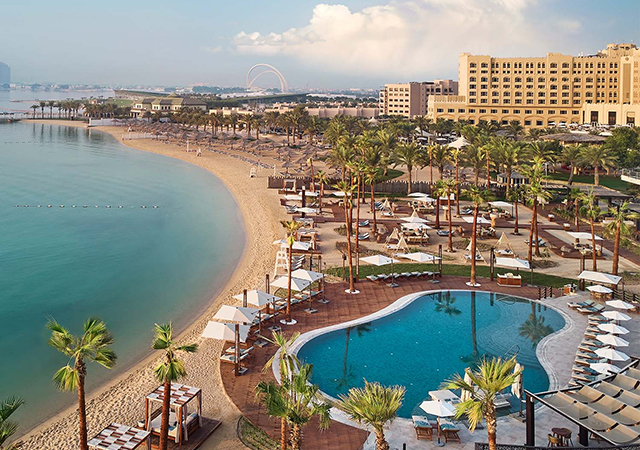

.jpg)












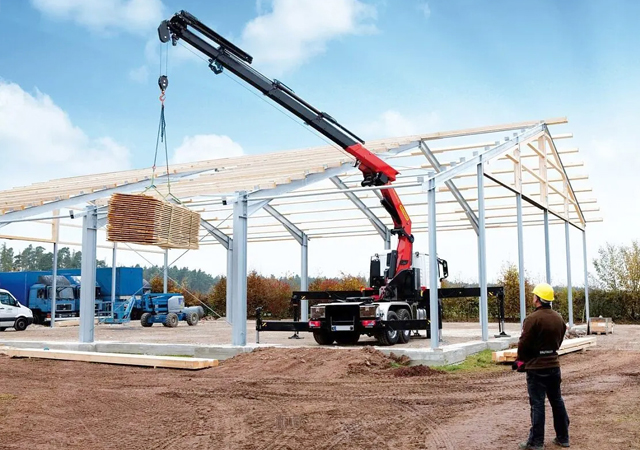





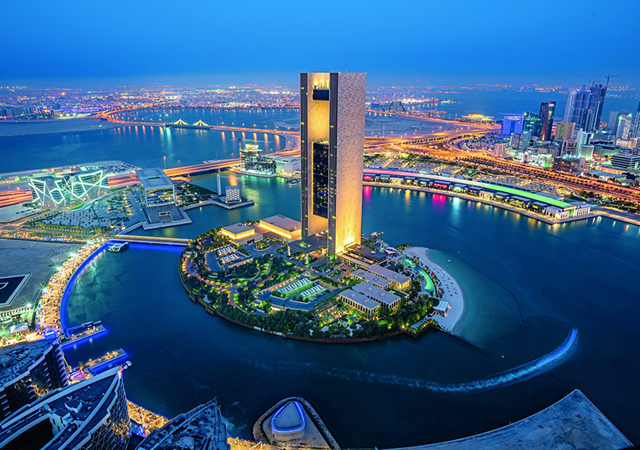





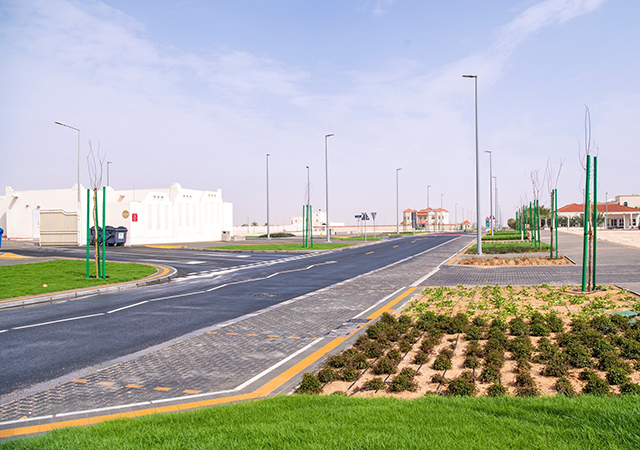




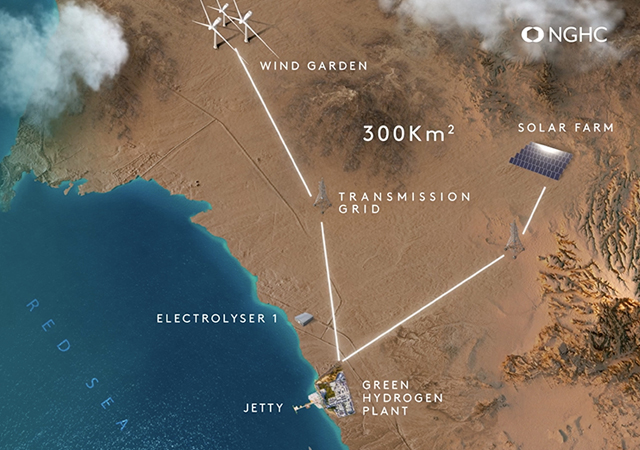

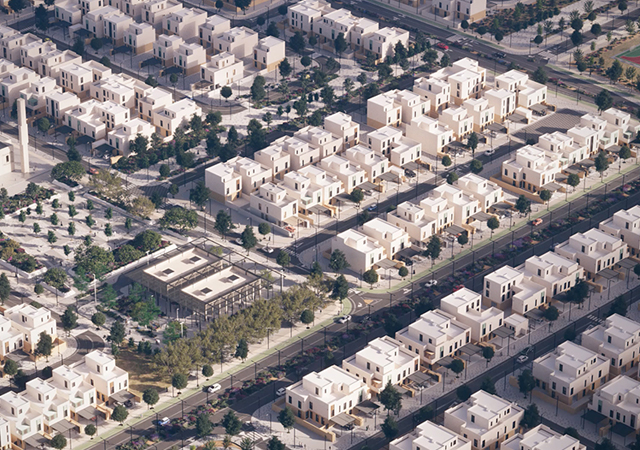


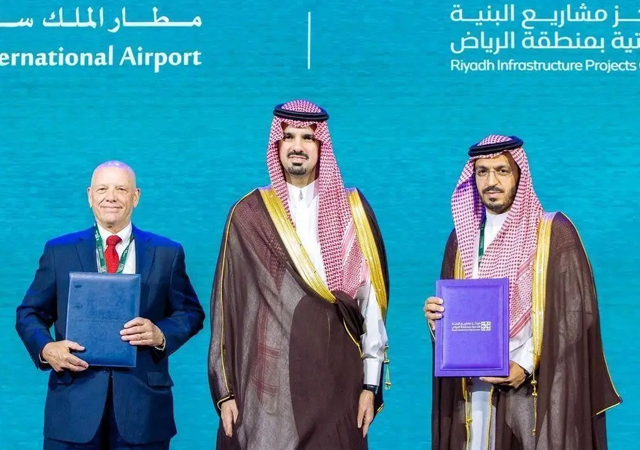






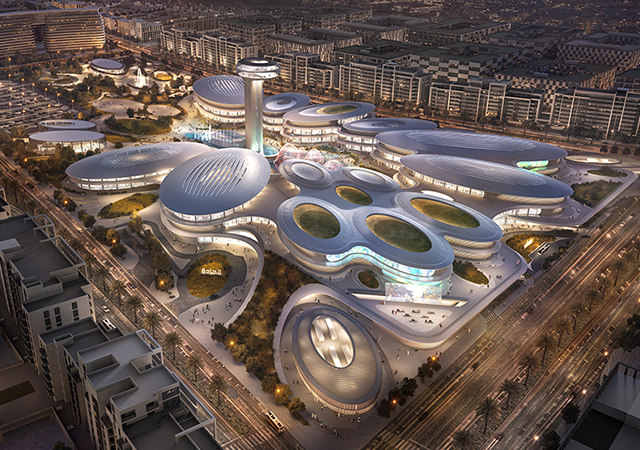



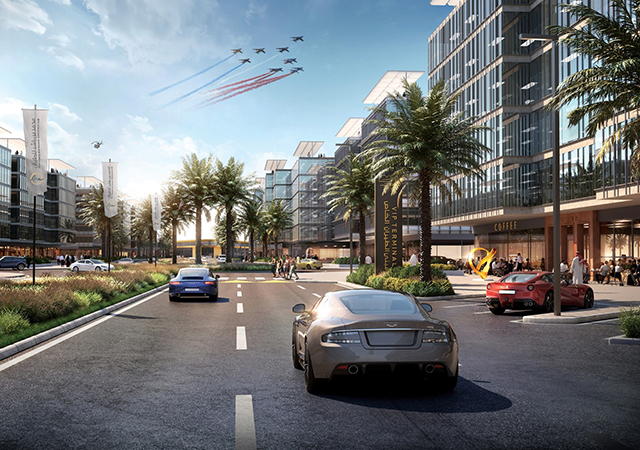
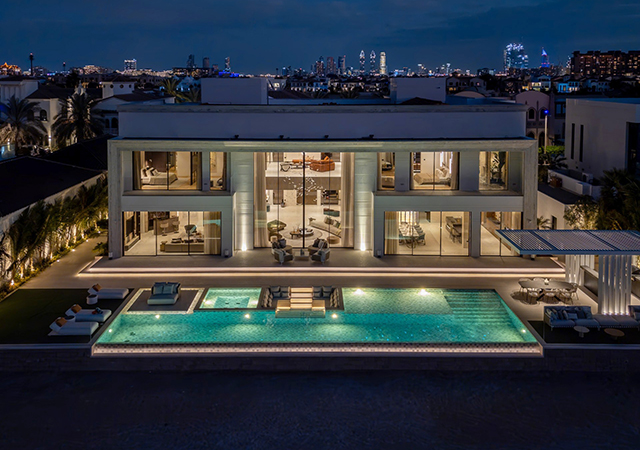

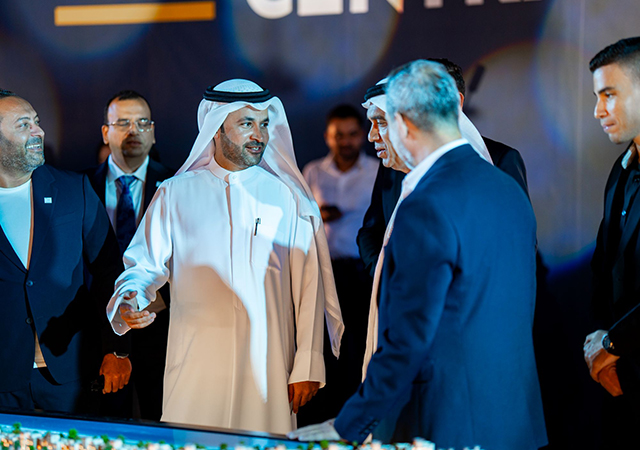



.jpg)




.jpg)






